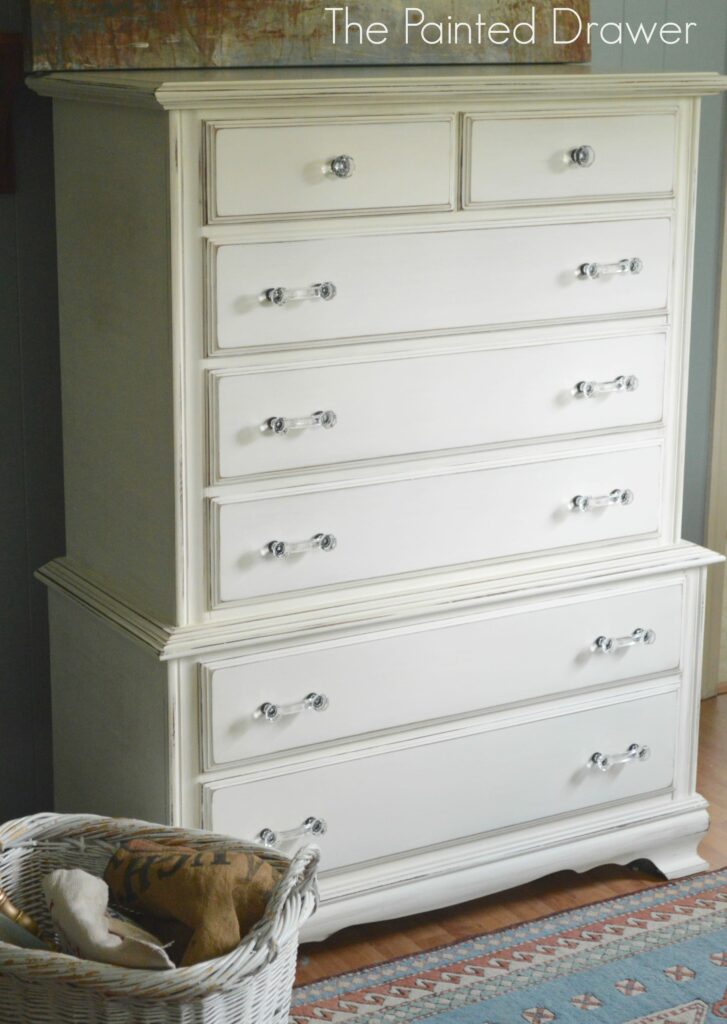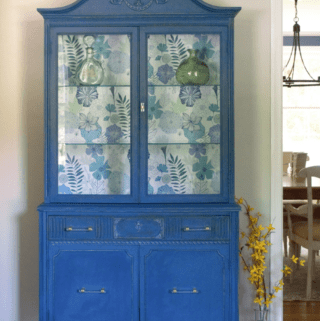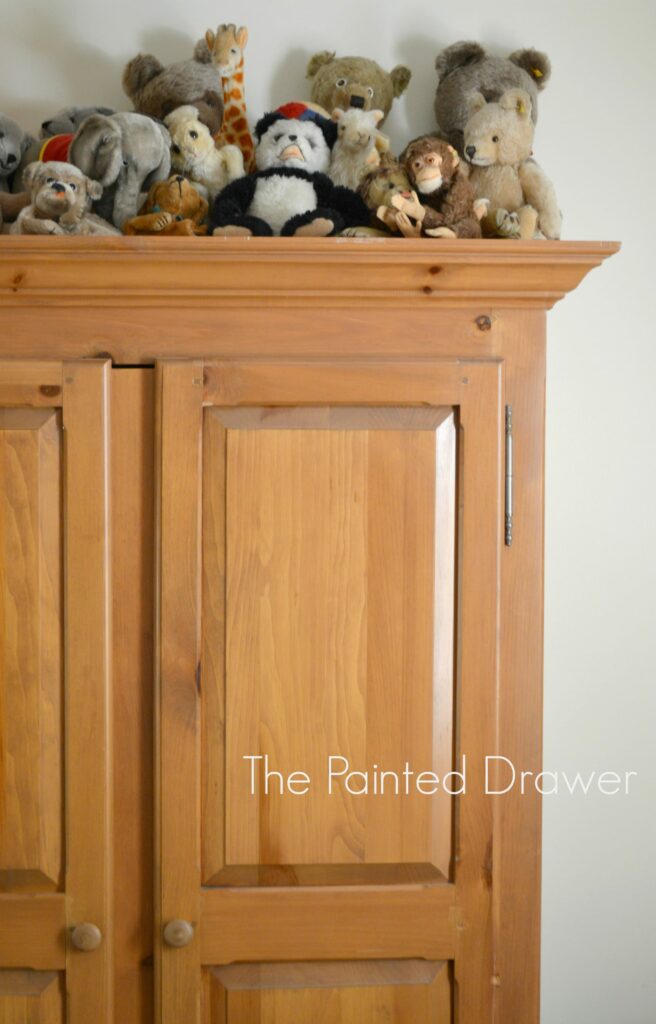Buying a house is one of the most important decisions you will make in your lifetime, so it’s essential to take the time and do your research. You have probably been looking at homes for months now, but you have yet to find one that meets all of your requirements. Maybe because you are new to buying a home or just haven’t had the time to dedicate to it, don’t worry; this blog post can help! Here are some tips on evaluating the exterior of a home when buying a house.
Ask About The Roofs Condition
The roof condition is one of the most important factors to consider when evaluating a home’s exterior. If you are looking to buy a house in an area prone to heavy rain, hail, or snow, you need to know if the roof is in good condition. If there is damage to the roof, such as missing shingles or leaks near chimneys, then it may lead to more damage over time. This can cause water leakage and mold growth inside the home, but it can also increase your energy costs by up to 20 percent.
In addition to checking for visible damage on roofs, make sure that all gutters are correctly working; water will leak into the foundation if they are not. You should also look for any leaks in the attic or ceiling during rainy weather. This could indicate problems with insulation or ventilation, which could lead to moisture damage and mold growth on ceilings and walls throughout the house.
Make sure you spend some time evaluating each aspect of a home before deciding!
Check Interior Walls for Signs of Damp
One of the most important things to do when looking at a house is to check for signs of dampness. If you notice any dampness on the interior walls, it could be a sign of leaks in the roof. Dampness can also indicate plumbing problems and problems with the foundation. The more signs you see, the greater your chance of buying a home that will need repairs down the line.
Ask About Any Siding and When It Was Installed
Checking out the exterior of a home is essential for many reasons. If you are looking to buy a house, you might want to look at any siding (see this James Hardie Siding Guide) installed on the home when it was built. For example, suppose you are interested in purchasing a new house but notice that the exterior siding is outdated or not in good condition. In that case, this may indicate that other things about the home aren’t up-to-date either. This can include appliances and fixtures within the kitchen and bathrooms.
Another thing to ask about when looking at exterior sides is when they were first installed. You want to check what year they were first installed on the houses, so you know whether or not they need to be replaced soon or get checked out by a professional from Beissel Windows & Siding before making your purchase decision.
Additionally, if your preference is brick over vinyl or vinyl over brick, this difference could affect your decision and the color of paint and style of windows.
Inquire About The Foundation
A home’s exterior will tell you a lot about the state of the residence. You should always ask whether or not the house has an updated and strengthened foundation. The foundation is one of the most critical components of a home. It supports the whole structure, and if it is not strong enough, you may have to worry about costly repairs in the future due to structural instability or even collapse. If you are looking at a house that does not seem structurally sound, buying this house might be a mistake.
Inspect The Gutters
Gutters are an essential part of a home’s exterior. As rainwater drains off the roof, it will flow down through the gutters and eventually into your rain barrels or downspouts. This is how you get your lawn watered for free! But all of this water has to be able to drain freely from the gutter, so when you are looking at homes, make sure the gutters are in good condition. Inspect them for any cracks or holes that might cause water to pool up on top of the roof. If there is any damage, repairs need to be done before purchasing the house.
The condition of the exterior of the home can be just as telling as issues inside; in fact, most likely, many faults or damage externally will be causing internal problems too. Make this part of your home checklist when viewing properties to get a better idea of the home’s condition.
Please note that some of the links above and below are affiliate links, and at no additional cost to you. All opinions are my own.








